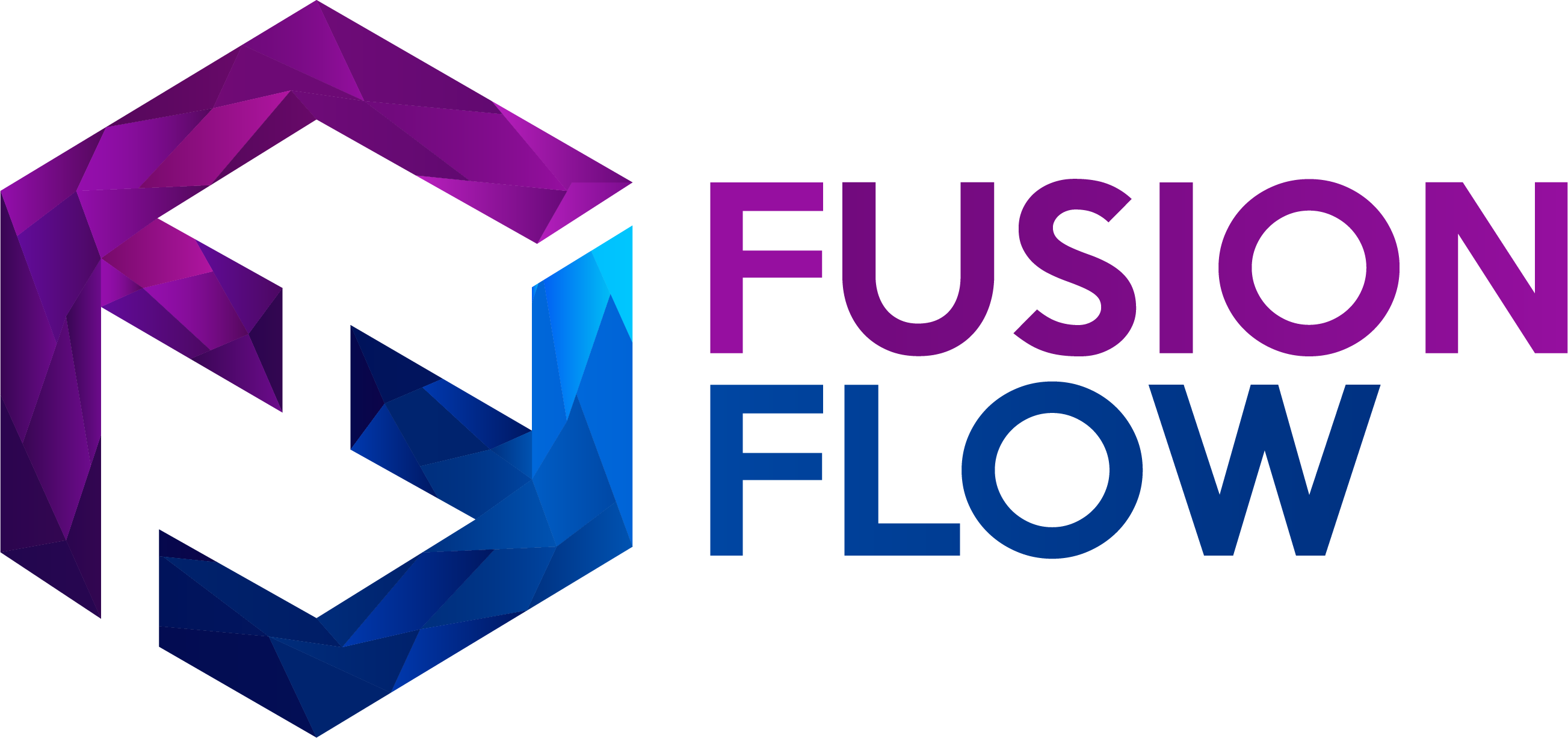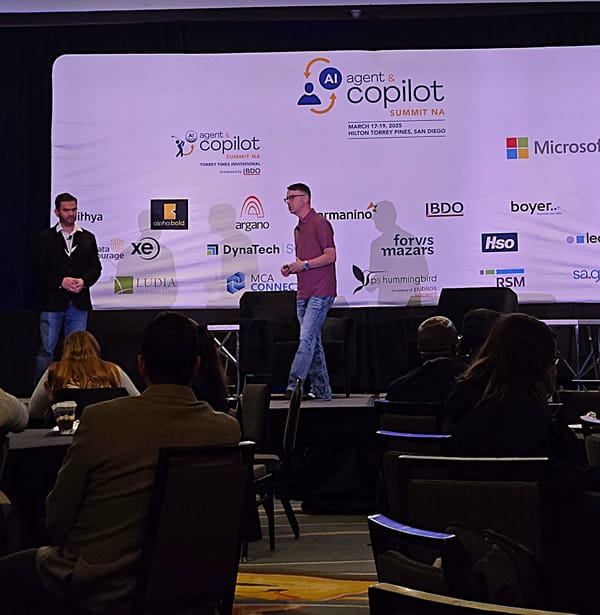How a Print-on-Demand Company Escaped Excel Hell with AI (and Why They're Not Going Back)
Transforming a chaotic data process doesn't need a 6-month AI strategy. A T-shirt company automated product data tagging using Microsoft Fabric and OpenAI, hitting 89% accuracy in their first tests. The result? Faster workflows, cleaner data, and teams free from Excel overload.

Let's be honest. You're bleeding time if spreadsheets and macro hacks still power your data operations. Worse, your team hates you for it. That's exactly where Miyoshi and her team found themselves, buried under Excel sheets, juggling image data that refused to play nice.
"We were using numerous Excel sheets and macros just to get data to talk the way we needed," Miyoshi admitted. "It was a lot of manpower and unnecessary Excel work."
Miyoshi: "We were using numerous Excel sheets and macros just to get data to talk the way we needed."
Her company, a graphic T-shirt print-on-demand business, was drowning in product images, attributes, and licensing data from multiple sources. Each image needed to be tagged, tracked, and made customer-ready. Sounds simple? It wasn't.
"We assumed consistency across data sets required a human," she said. "We thought AI wouldn't handle the complexity."
Miyoshi: "We assumed consistency across data sets required a human."
Then a technology partner stepped in. His pitch was simple: automate, scale, and free up people's time. The challenge? Convincing a team that had given up on clean data that AI could deliver something better than another spreadsheet mess.
Start Small, Prove Fast
The partner's approach was this: "We funneled them through our AI process, but we didn't make it a tech talk. It started with: What's the work you're actually doing? Where is it painful?"
Partner: "We funneled them through our AI process, but we didn't make it a tech talk."
The team narrowed the scope to a focused proof of concept (POC). "We built a very limited-scope executable," the partner said. It had to meet expectations—nothing more, nothing less."
Partner: "We built a very limited-scope executable."
For Miyoshi, the turning point was immediate. The AI was 89% accurate with historical data before the team had even fine-tuned it.
"I didn't think it was going to do anything," she admitted. "But the first test output sold me."
Miyoshi: "I didn't think it was going to do anything. But the first test output sold me."
From Chaos to Consistency
The real win was consistency. Before AI, different employees would tag or interpret data in slightly different ways. That meant constant double-checking, cross-referencing, and—yes—more Excel.
"With AI, we're now close to 100% accurate. The data comes back consistent, every time. We don't need to create extra sheets to verify if two systems match. It's all there."
Miyoshi: "With AI, we're now close to 100% accurate. The data comes back consistent, every time."
The result? Employees who used to spend hours on data clean-up are now doing analytics and projects that were always on the back burner. "They're dancing in their seats," Miyoshi joked.
Miyoshi: "They're dancing in their seats."
Built on Microsoft Fabric, Tweaked with OpenAI
The solution was built on Microsoft Fabric, pulling in data from Dynamics 365 and other systems. The tech stack wasn't exotic. Most of it was out-of-the-box and customized with some OpenAI logic to bring it all together.
"This wasn't a six-month science experiment," the partner emphasized. "From POC to go-live was about three months."
Partner: "This wasn't a six-month science experiment."
This project was about solving a messy, everyday problem: managing data better and faster so people could focus on real work.
Miyoshi summed it perfectly: "We didn't wait for a playbook. We gave people room to play."
Miyoshi: "We didn't wait for a playbook. We gave people room to play."
That "play" has now become step one in a four-step plan to embed AI deeper into their operations. Next up? Automating even more human-heavy processes to free up time for innovation.
The Takeaway for Enterprise Leaders:
- Don't over-engineer AI rollouts.
- Start with a painful process that burns people's time.
- Scope small, prove fast.
- Build governance after adoption starts, not before.
- Focus on consistency and accuracy before you chase scale.
And most importantly, don't underestimate what AI can handle. "I thought it wouldn't work," Miyoshi said. "Now, it's my favorite tool."
Miyoshi: "I thought it wouldn't work. Now, it's my favorite tool."
Need help with your AI rollouts? Get in touch with me at Fusion Flow Software.





